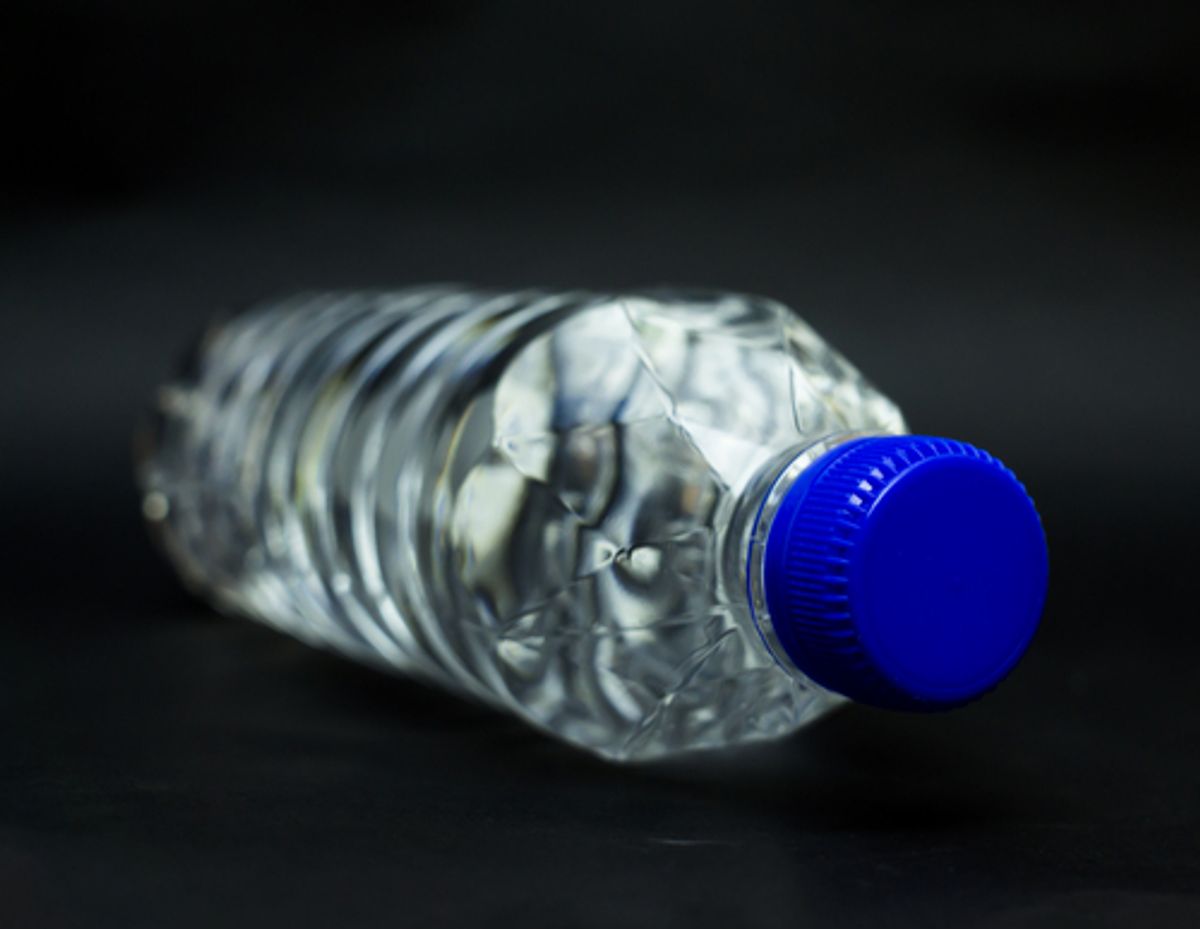 Remember the BPA scare a while back? The one about bisphenol-A, a synthetic estrogen found in many plastics that scientists linked to a bunch of health problems? You know, when you tossed your old Nalgene and bought one of the new “BPA-free” water bottles that showed up on the shelves soon after.
Remember the BPA scare a while back? The one about bisphenol-A, a synthetic estrogen found in many plastics that scientists linked to a bunch of health problems? You know, when you tossed your old Nalgene and bought one of the new “BPA-free” water bottles that showed up on the shelves soon after.
Problem solved.
Or…not.
As Mariah Blake, a reporter for Mother Jones reports in her recent exposé, the chemicals used to replace BPA may be just as damaging if not more harmful to your health—a fact the $375-billion-a-year plastics industry is doing everything it can to hide.
Blake focuses her investigation on Eastman Chemical, a Tennessee company that makes a BPA-free plastic called Tritan that’s used in products like Nalgene water bottles, Tupperware containers, and plastic sippy cups, to name a few. After BPA got so much negative press in 2008, plastic makers like Eastman came out with new products. Just one thing: Tritan and many other BPA-free plastics released other—and in some cases more potent—forms of synthetic estrogen.
Estrogen plays a key role in our bodies, affecting everything from bone growth to ovulation to heart health. But too much or too little of the hormone at the wrong time can alter brain and organ development, leading to diseases later in life. Which is why ingesting the estrogen-like chemicals—of which BPA is one—is a cause for concern.
So when studies showing that many BPA alternatives also leached synthetic estrogens began surfacing, the industry had what Eastman toxicologist James Deyo called an “Oh Shit Moment.”
Despite that moment, Eastman continued to claim that Tritan was free of all synthetic estrogens.
Thanks to Blake’s reporting, we now have a pretty clear picture of the tactics Eastman used to make sure that profits come before science. Here are a few examples:
- Telling told corporate customers that the EPA rejected the testing methods used by the scientists who published, err, inconvenient, results. (It hasn’t.)
- Suing CertiChem and PlastiPure, labs responsible for the test results.
- Conducting a PR blitz touting Tritan’s safety aimed at families with young children, the group most vulnerable to synthetic estrogens. It went like this:
"It can be difficult for consumers to tell what is really safe," the vice president of Eastman's specialty plastics division, Lucian Boldea, said in one web video, before an image of a pregnant woman flickered across the screen. With Tritan, he added, "consumers can feel confident that the material used in their products is free of estrogenic activity."
- Offering to pay former Tobacco industry-funded scientists $15,000 to write a letter to the editor of a scientific journal. The letter disputed the results of a study showing that 72 percent of the 455 store-bought food containers and storage products leached synthetic estrogens. (The justification? “Just because a substance behaved like estrogen in a culture dish didn't mean it would do so in animals or humans.”)
- Paying for tests on BPA-free plastic—and then not collecting the findings. (“No one wants to know about a problem they’re not going to fix,” a CEO of one of the BPA testing labs told Blake.)
- Paying an “independent” scientist to author a study on Tritan. Then Eastman officials made sure that one of their own scientists micromanaged the entire process, from designing the study to writing the introduction. (Not surprisingly, the study found no estrogenic activity in Tritan).
Of course, when Eastman went to publish the pro-Tritan paper, the author submitted it to the industry-friendly journal Food and Chemical Toxicology. (It just so happens the journal’s editor once worked for R.J. Reynolds, a company that led the attack against the science linking secondhand smoke to human health problems).
Scientific journals generally require authors to disclose any conflicts of interest concerning their research, and yet the Food and Chemical Toxicology paper made no mention of Eastman's role in the study.
Further digging by Blake reveals the reasoning:
According to internal Eastman emails, the company was also aiming to hire Osimitz [the scientist behind the first study] to author a second paper, again with "no…mention of Eastman." As Deyo noted, "credibility is somewhat enhanced if it is not 'Eastman' authors."
As Stanton Glantz, the director of the University of California-San Francisco's Center for Tobacco Control Research and Education, notes, the company’s larger goal was to undermine safety testing altogether. "Like the tobacco companies, they want to set up a standard of proof that is unreachable," he says. If they do that, they win.

Shares